Machine Learning with Python:
Topic Modeling
Austin ACM SIGKDD
by Christine Doig
This talk
http://chdoig.github.com/acm-sigkdd-topic-modeling
Introduction
Machine Learning with Python course
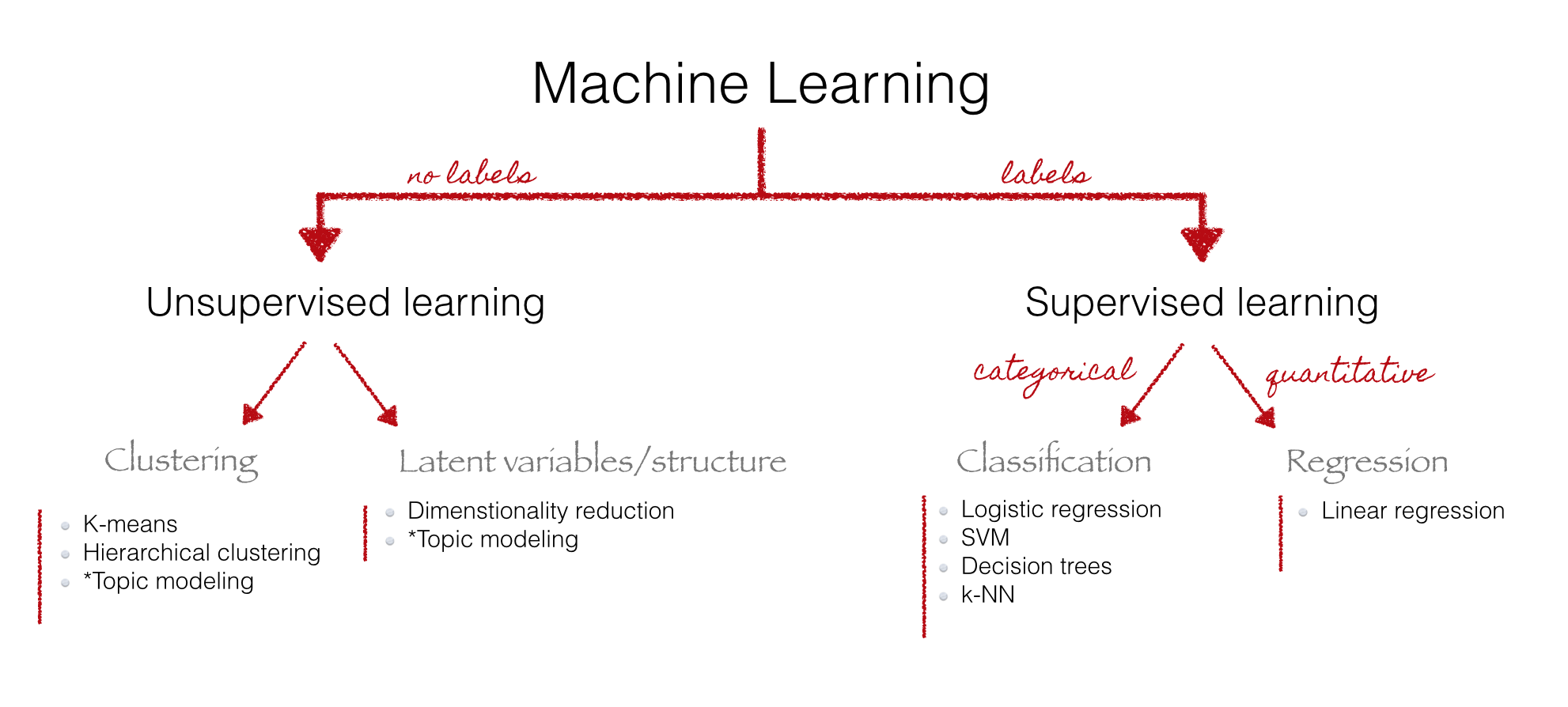
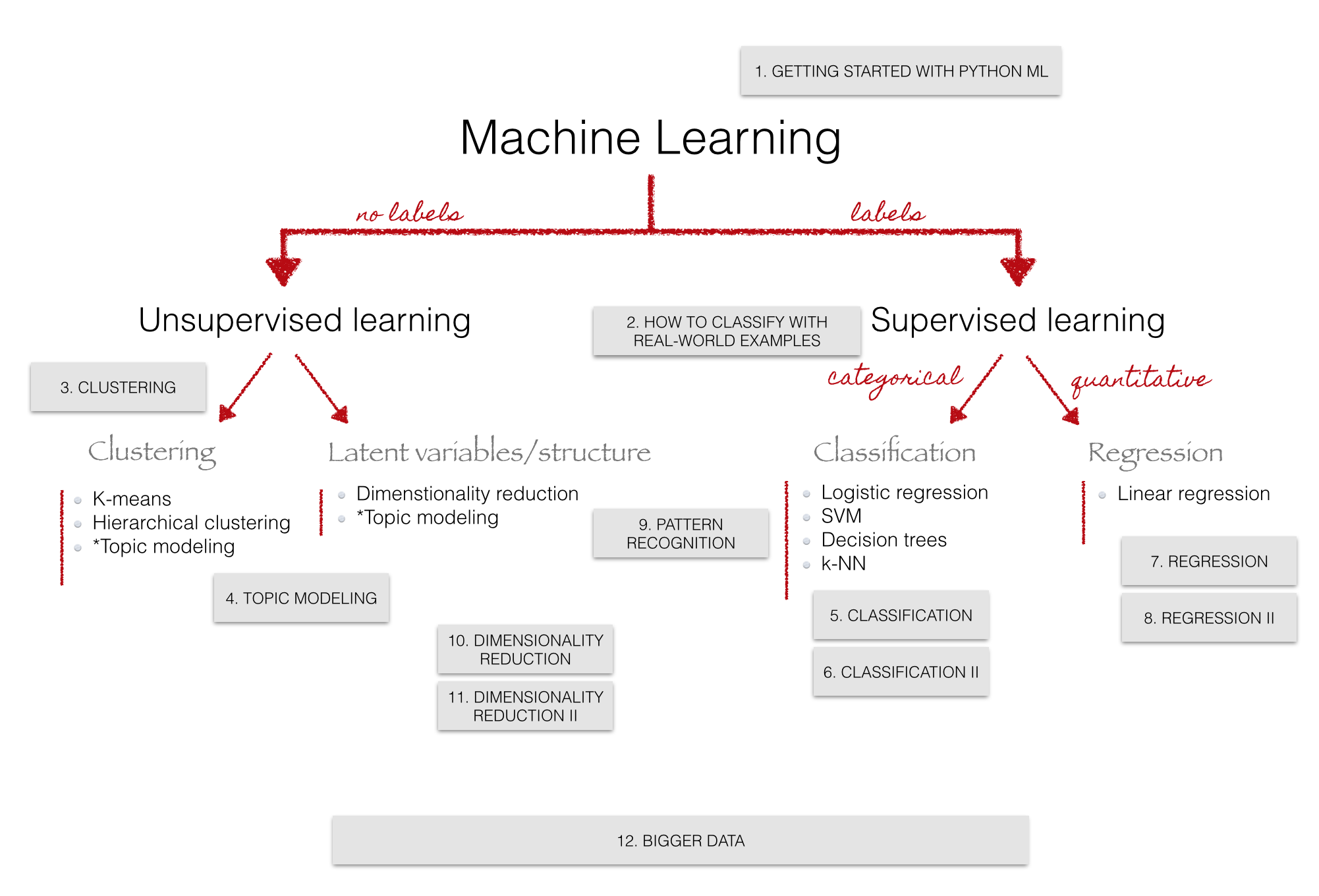
Topic Modeling
Definitions
Characteristics

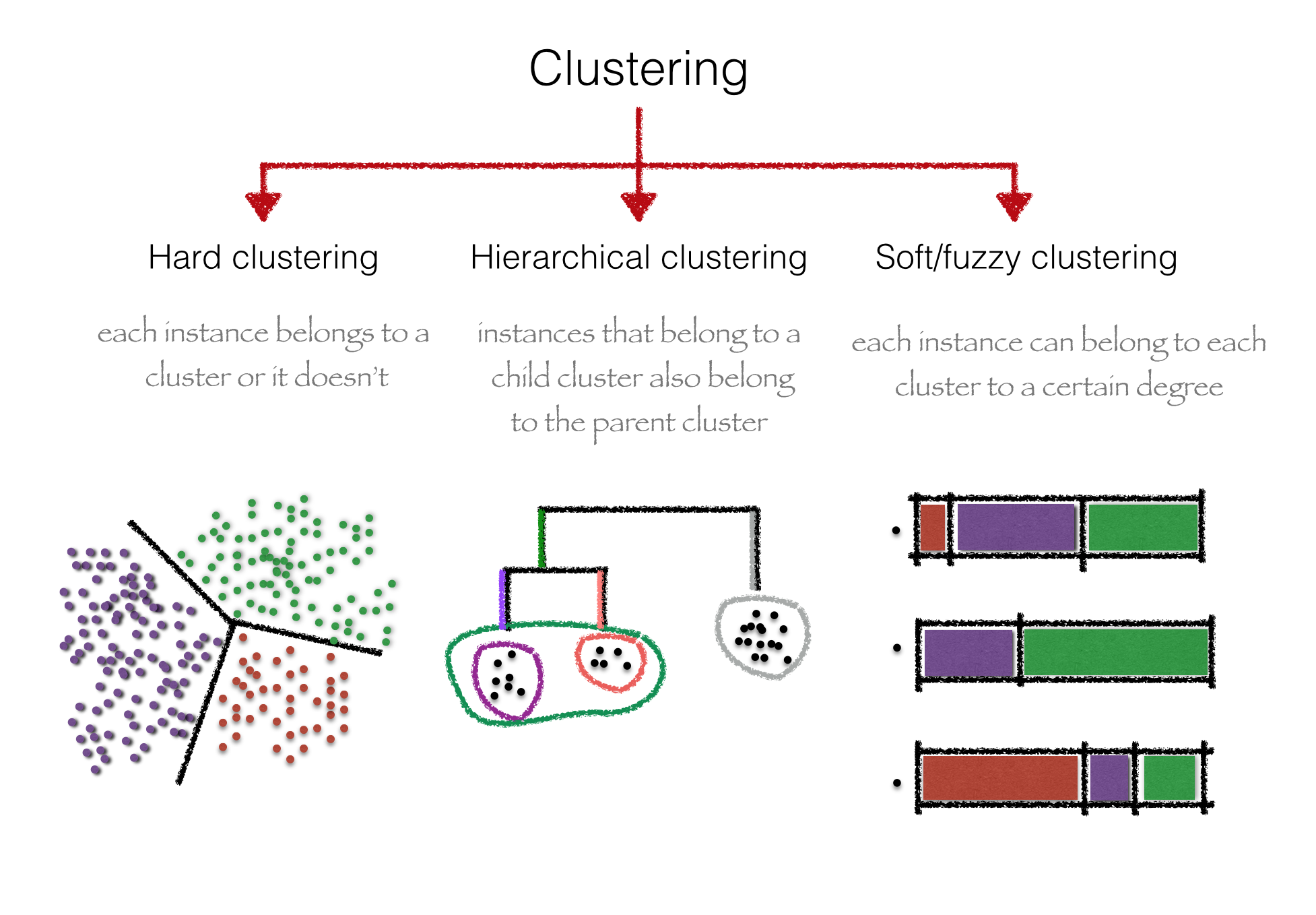
Diagram
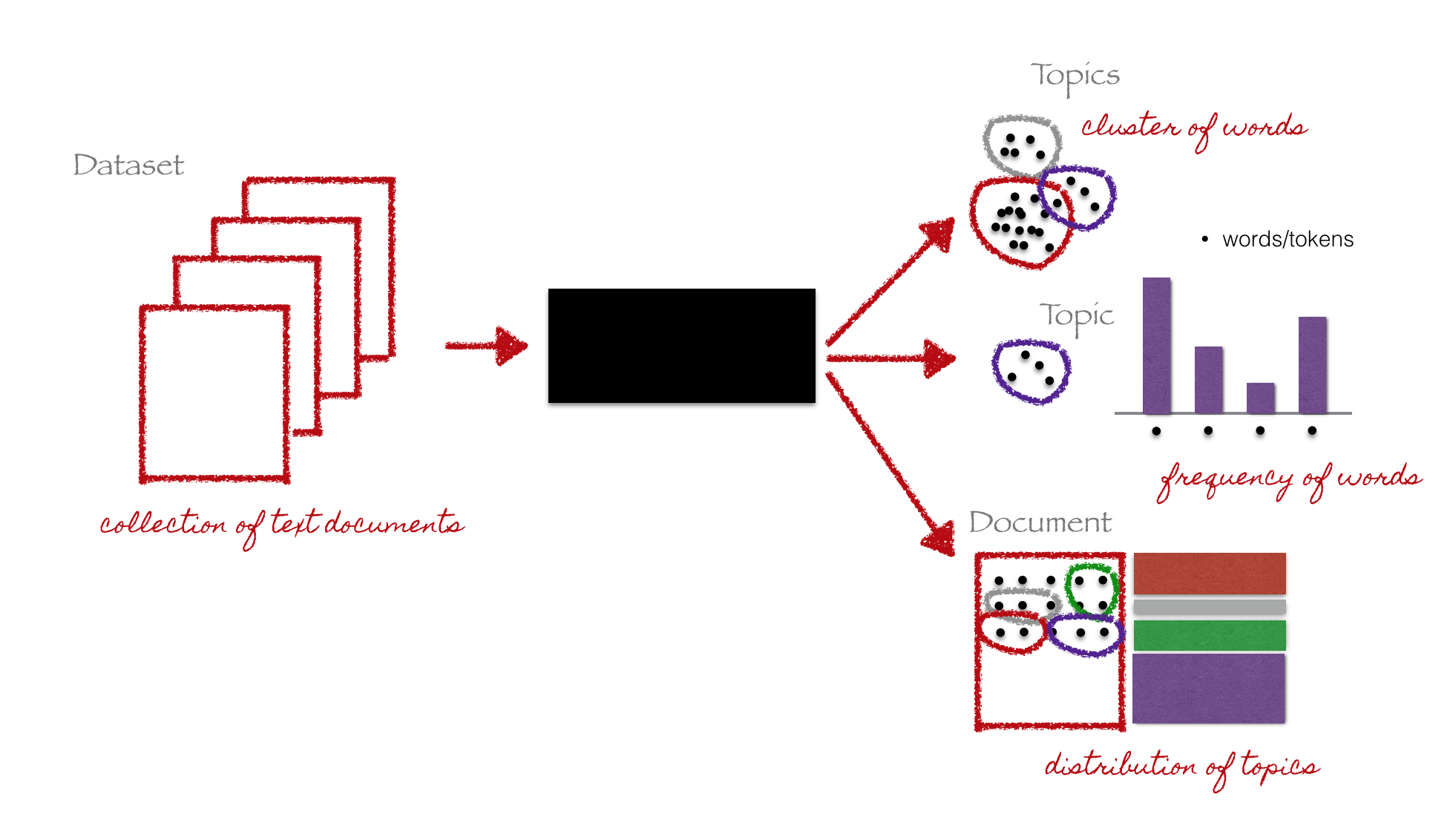
LDA
LDA vs LDA
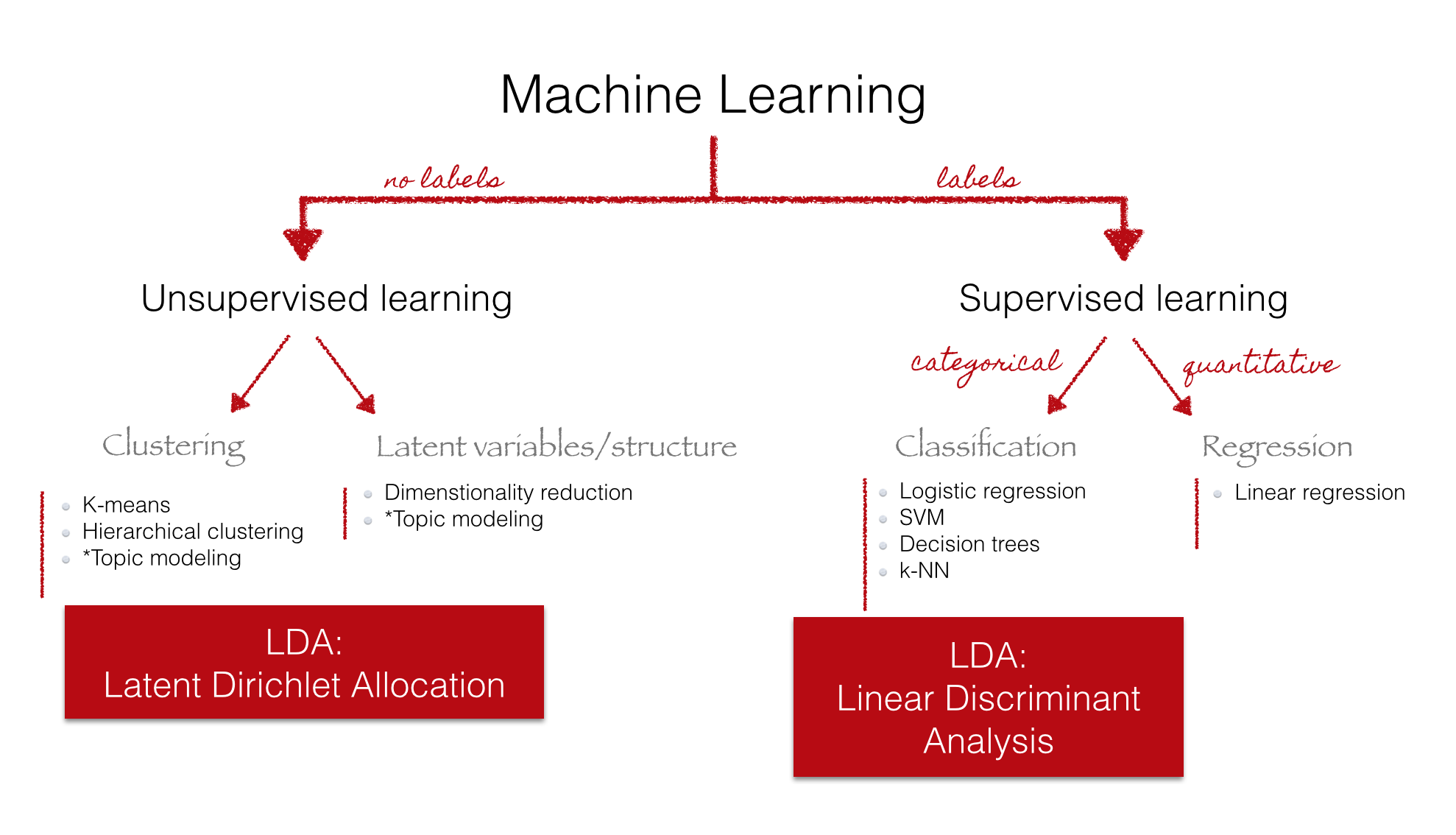
LDA Plate notation
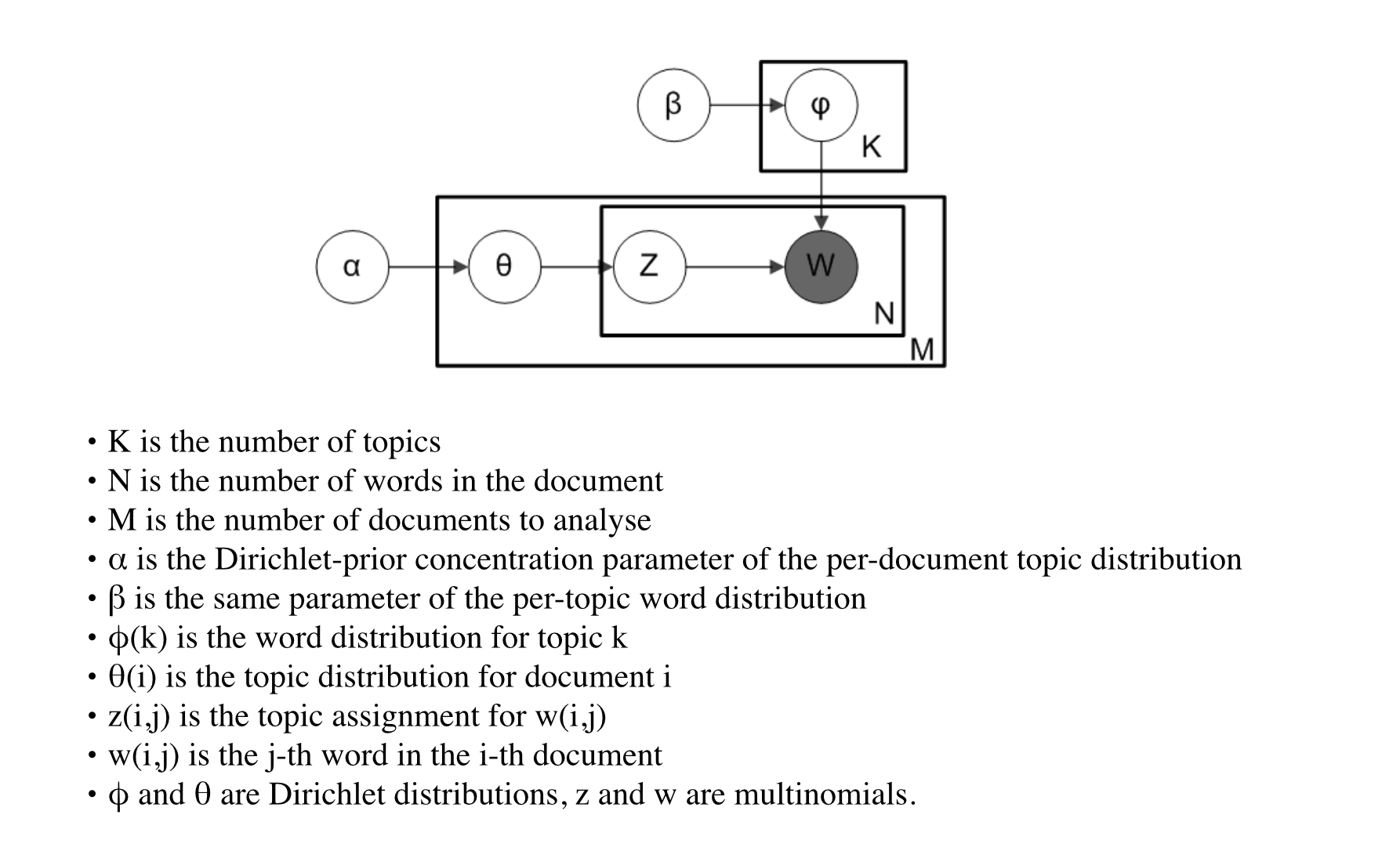
Parameters and variables
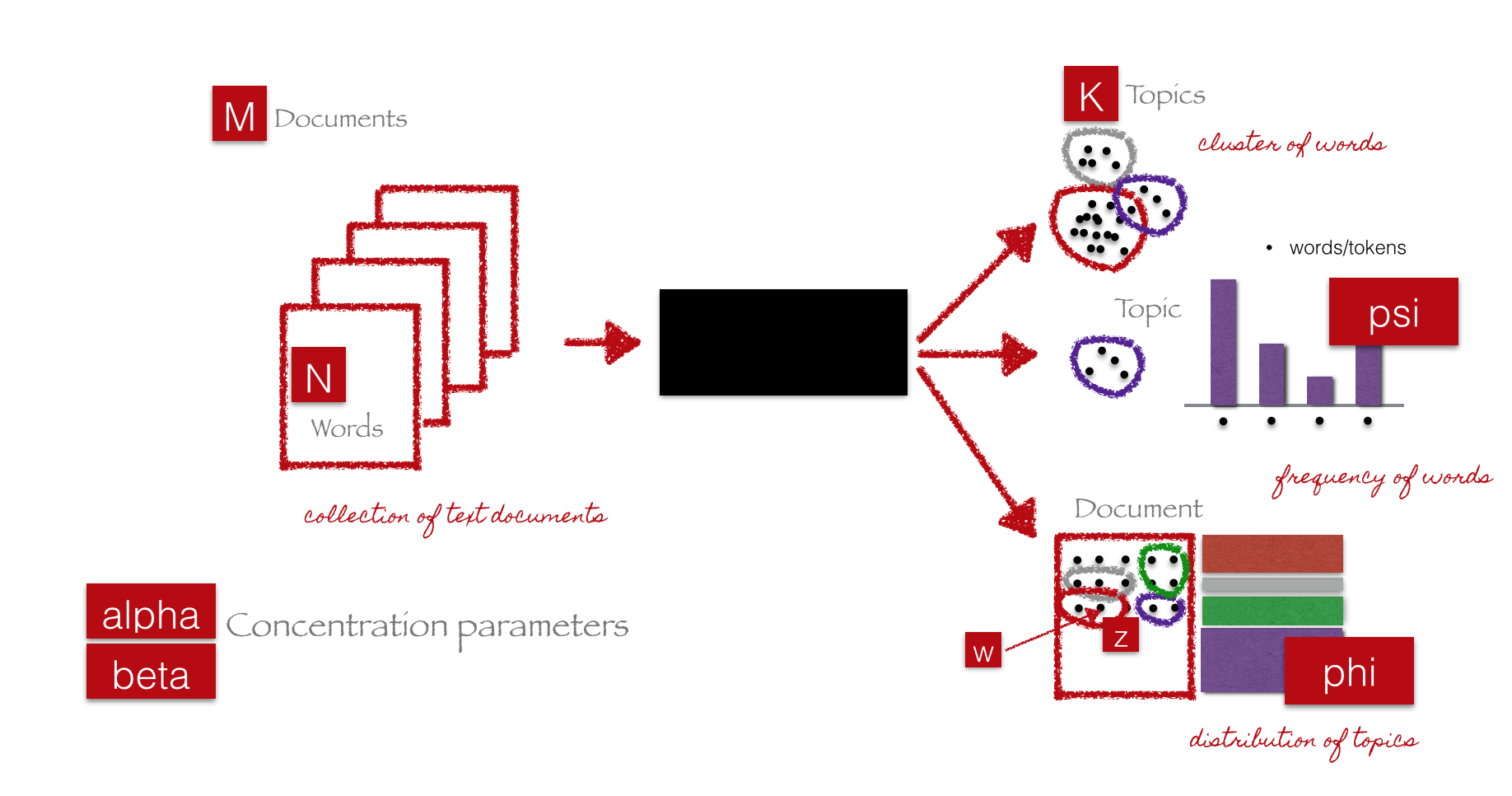
Understanding LDA
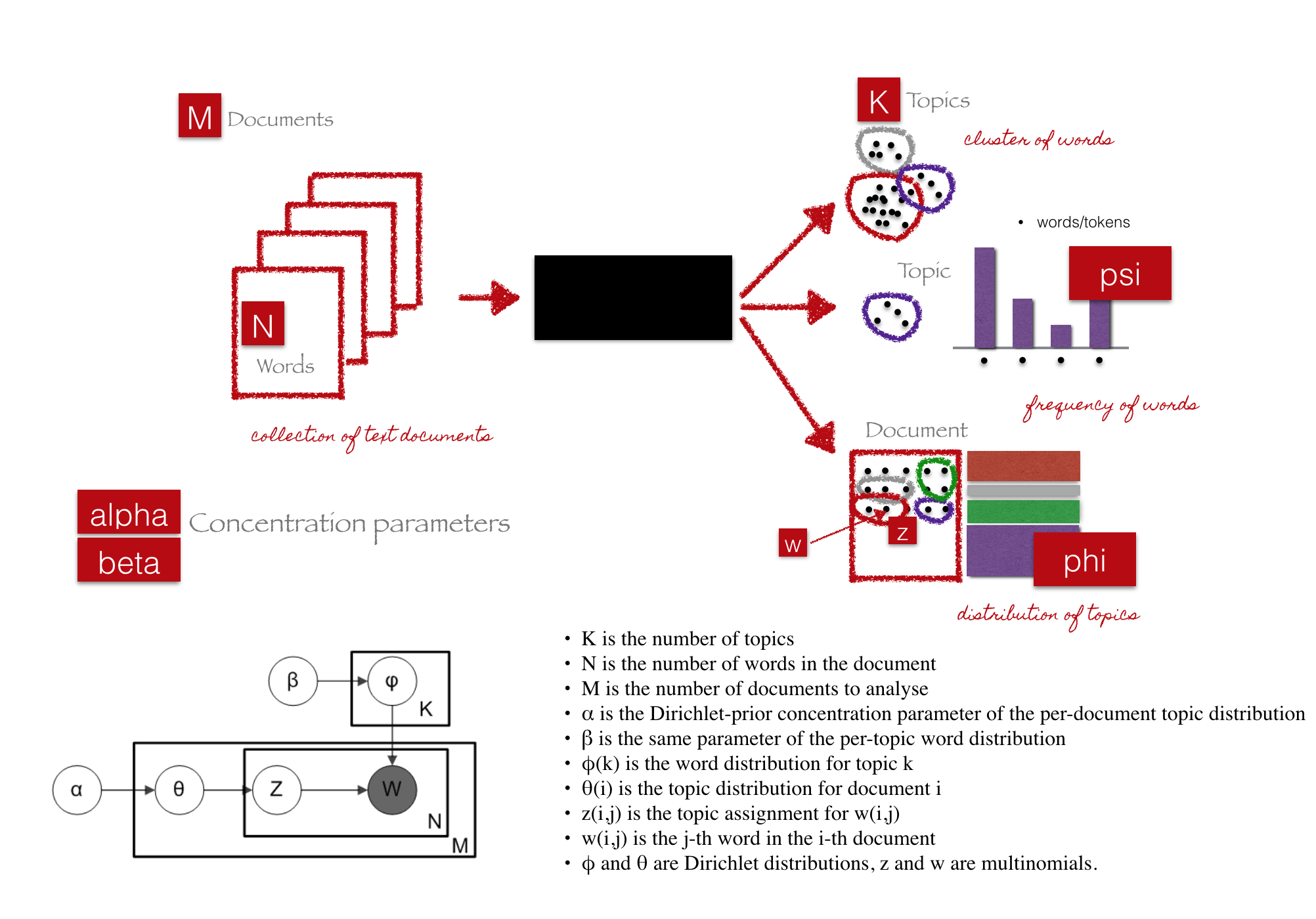
LDA algorithm
Iterative algorithm
- Initialize parameters
- Initialize topic assignments randomly
- Iterate
- Resample topic for word, given all other words and their current topic assignments
- Get results
- Evaluate model
- For each word in each document:
Initialize parameters

Initialize topic assignments randomly
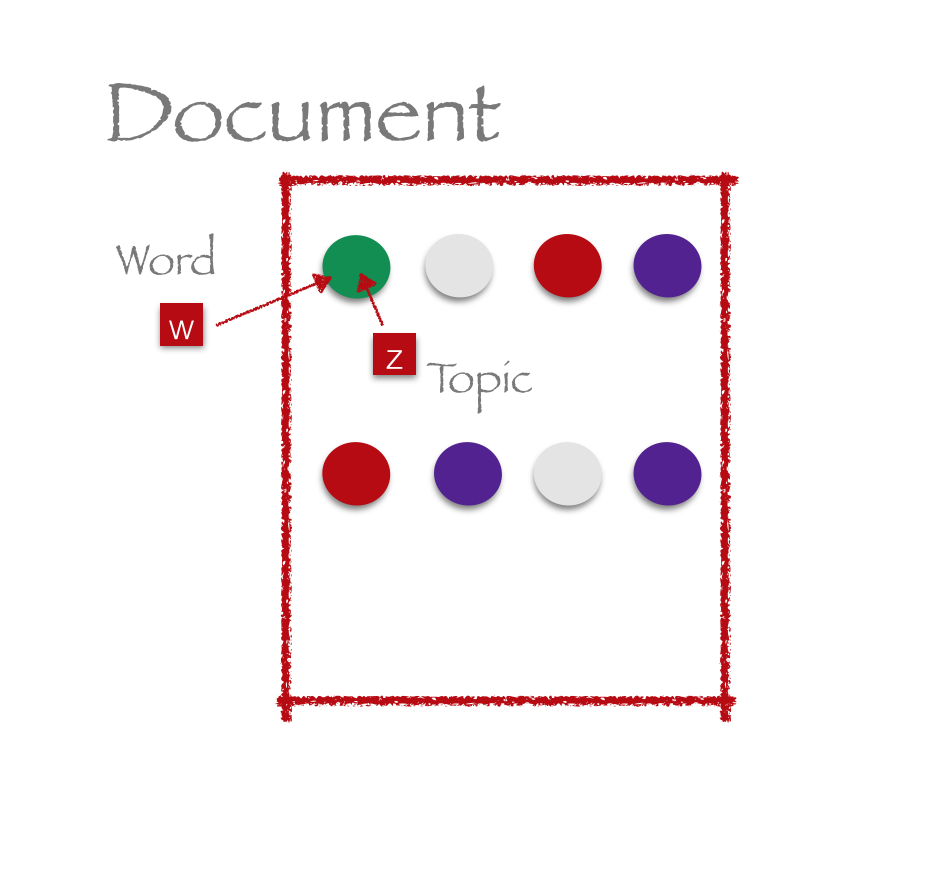
Iterate
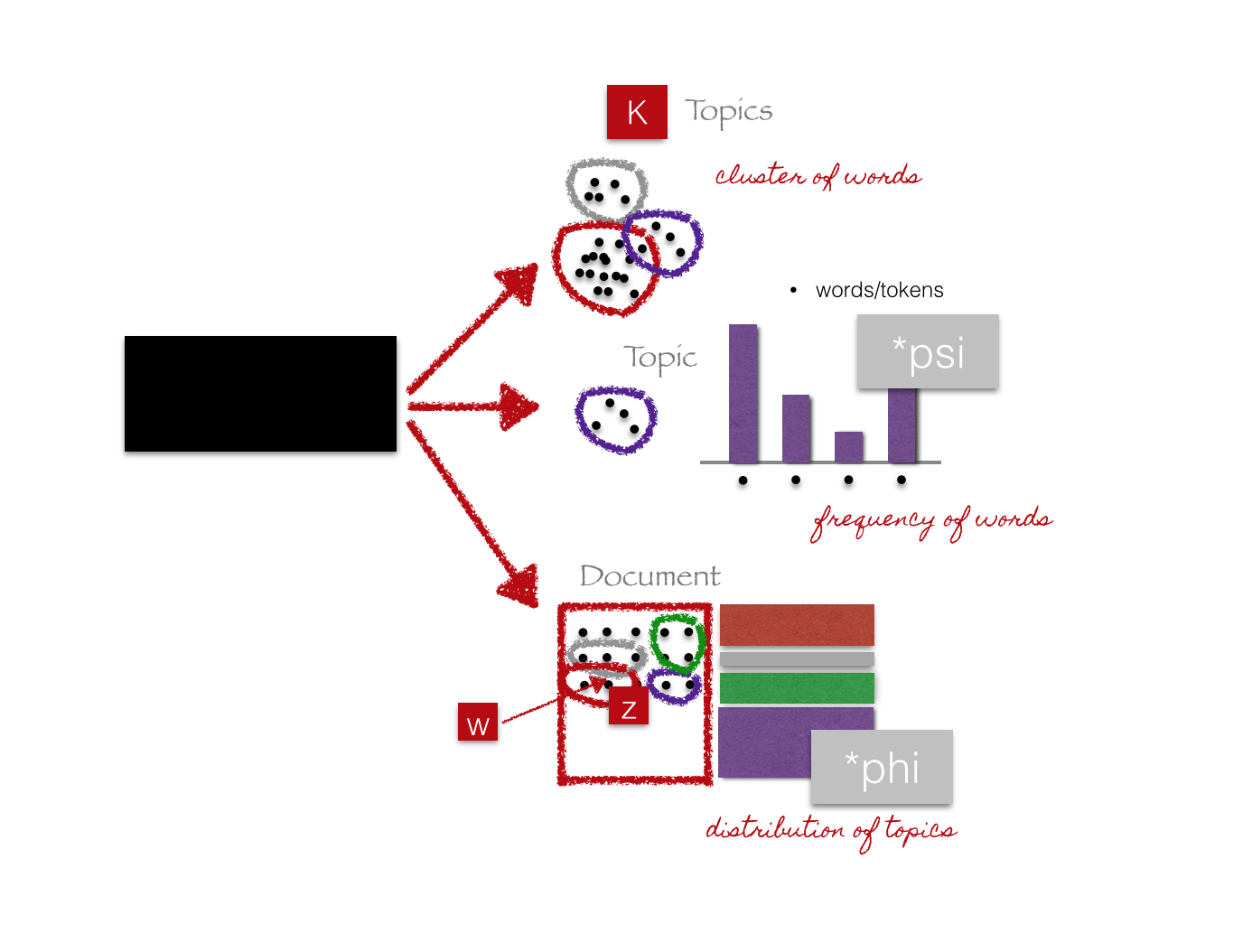
Resample topic for word, given all other words and their current topic assignments
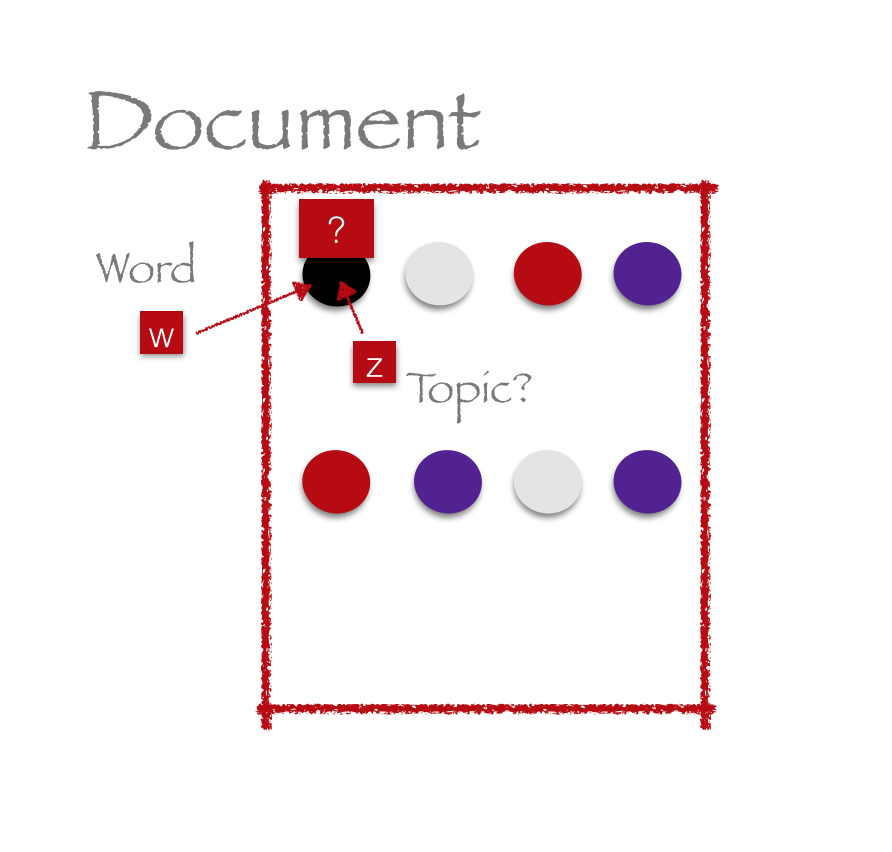
Resample topic for word, given all other words and their current topic assignments
When to stop?
Get results

Evaluate model
Hard: Unsupervised learning. No labels.
Human-in-the-loop
Evaluate model
Human-in-the-loop

Evaluate model
Metrics
Evaluate model
Metrics

Evaluate model
More Metrics [1]:
Python libraries
Python libraries
Warning: LDA in scikit-learn refers to Linear Discriminant Analysis!
scikit-learn implements alternative algorithms, e.g. NMF (Non Negative Matrix Factorization) [1][2]
Gensim
>>> import gensim
# load id->word mapping (the dictionary)
>>> id2word = gensim.corpora.Dictionary.load_from_text('wiki_en_wordids.txt')
# load corpus iterator
>>> mm = gensim.corpora.MmCorpus('wiki_en_tfidf.mm')
# extract 100 LDA topics, using 20 full passes, (batch mode) no online updates
>>> lda = gensim.models.ldamodel.LdaModel(corpus=mm, id2word=id2word, num_topics=100, update_every=0, passes=20)
Graphlab
>>> import graphlab as gl
>>> docs = graphlab.SArray('http://s3.amazonaws.com/dato-datasets/nytimes')
>>> m = gl.topic_model.create(docs,
num_topics=20, # number of topics
num_iterations=10, # algorithm parameters
alpha=.01, beta=.1) # hyperparameters
lda
>>> import lda
>>> X = lda.datasets.load_reuters()
>>> model = lda.LDA(n_topics=20, n_iter=1500, random_state=1)
>>> model.fit(X) # model.fit_transform(X) is also available
Pipeline
Pipeline

Preprocessing
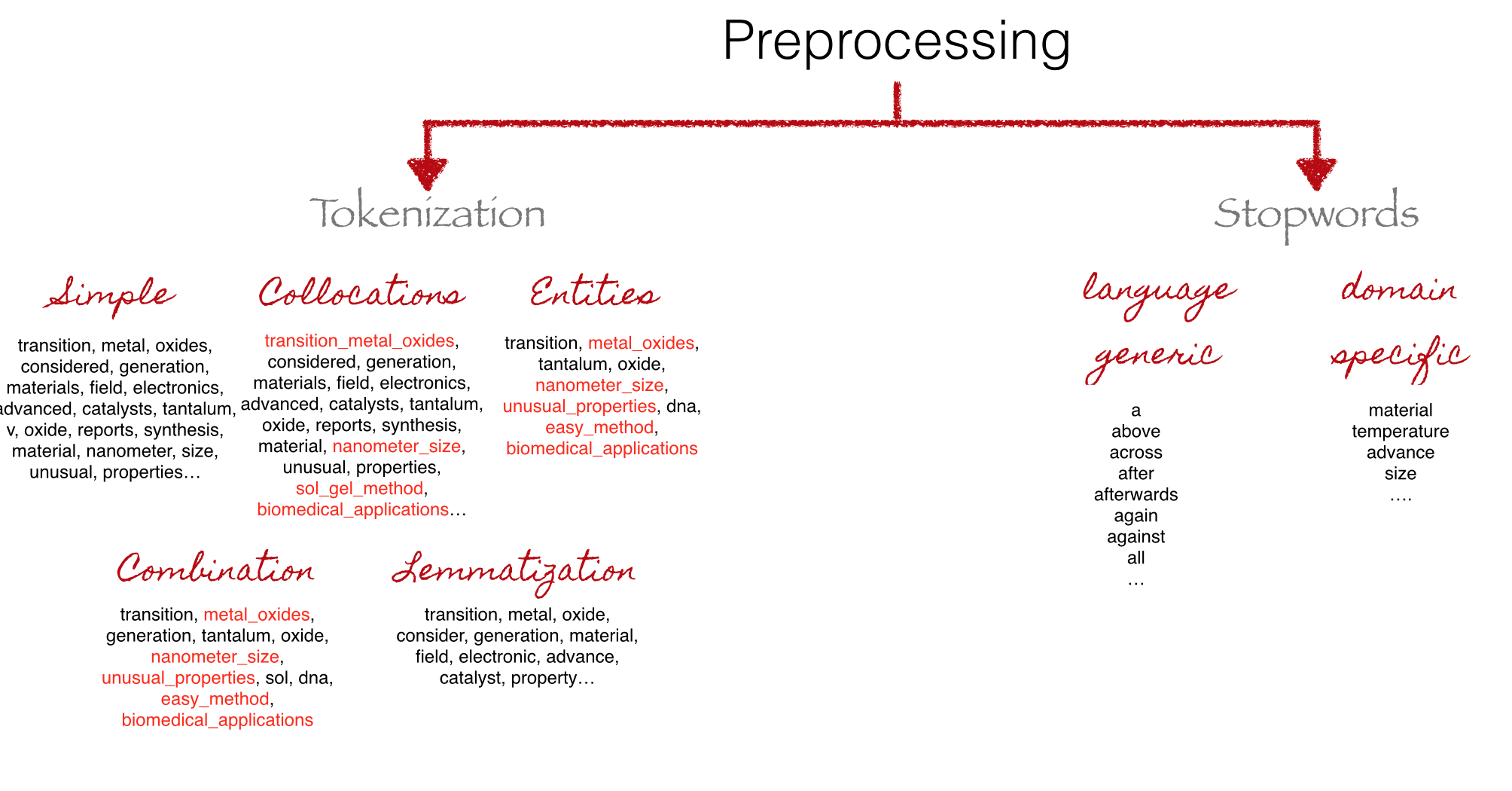
Vector Space
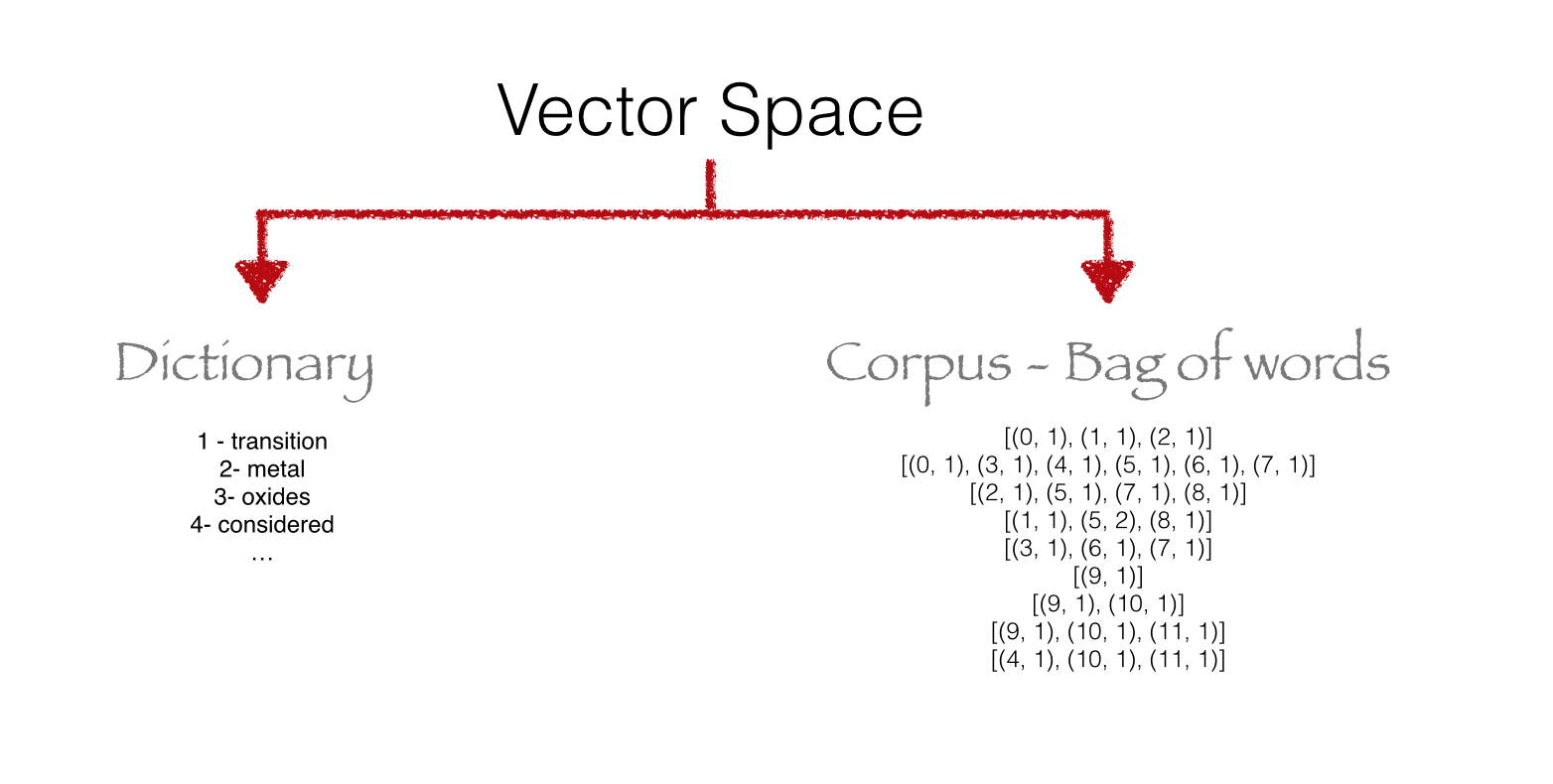
More
Other algorithms
Additional resources
Questions?
Slides:
http://chdoig.github.com/acm-sigkdd-topic-modeling
Email: christine.doig@continuum.io
Twitter: ch_doig
